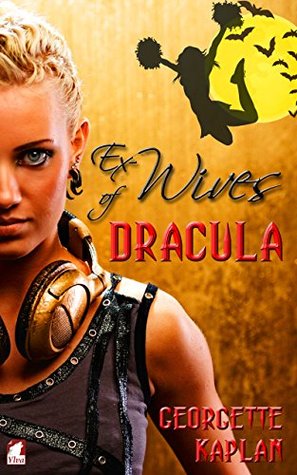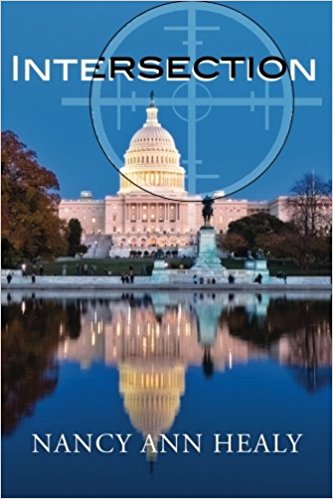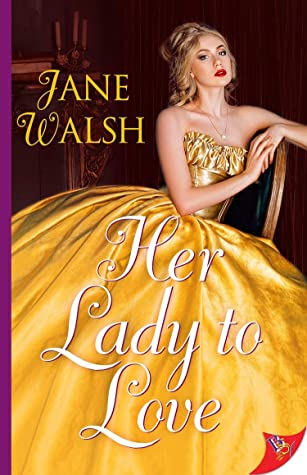I hadn’t been super into romance before I had Olivia Waite’s Lady’s Guide to Celestial Mechanics. I sought sapphic representation when I chose books, but I was mostly a reader of literary fiction, so understandably a lot of what I was read didn’t have a happy ending. I didn’t even realize that was something I craved, and I was so giddy when I cracked open this historical romance and found myself enthralled.
I was very eager to read the sequel, The Care and Feeding of Waspish Widows, another regency sapphic tale. I was intrigued by Agatha in Lady’s Guide and definitely detected queer vibes coming from her, so it was no surprise when she turned out to be one of the protagonists of this book. A no-nonsense small business owner who always seemed to entangled with artists, scientists, and subversives of all kinds, Agatha was intriguing when she was introduced as a side character, but she is delightful here—grumpy and direct, but also caring and cautious when it comes to her own romantic feelings.
I also loved Penelope from her very first moments on the page, which is something I appreciate about Waite’s books. I always struggle to stick with a lesfic romance when I dislike one of the main characters. Waite always write heroines who are quirky and not necessarily traditionally likable, but they hook me completely exactly because they jump off the page as whole human beings, with flaws and unique perspectives. I loved Lucy and Catherine when I read Lady’s Guide, but I think now I love Agatha and Penelope more.
A beekeeper, Penelope comes to Agatha’s aid when the printer finds a beehive nesting inside her warehouse. After Penelope manages to carefully remove the bees and suggests placing their new home just outside Agatha’s business building, the two start corresponding.
As Agatha and Penelope started exchanging letters, I found myself nearly racing to finish the book, because I just wanted these two to be happy already. I had to read it again to appreciate some of the story beats and I’m sure I will read it one more time to swoon over the beautiful prose Waite writes, but the first time had me breathless with anticipation, and even the promise of a happy ending that comes with a romance couldn’t make me relax and slow down.
I don’t usually enjoy characters who pine for each for very long. One of the reasons I loved Lady’s Guide was that there was little wait before the main characters got together and the focus was on their burgeoning relationship and past wounds. I wasn’t sure if I would be the audience for a book that withholds the payoff for so long, since I tend to resent when there are too many misunderstandings and obstacles and people just won’t talk to each other. This book is unabashed about the pining and the silly misunderstandings. But it’s so well-done, with Penelope’s hesitation to come out and Agatha’s resentment of Penelope’s marriage and assumptions about what that means, that I was captivated.
I did miss the diversity from the first book, however. Lady’s Guide has more than one character of color and really came alive for me for painting a portrait of what Regency Britain might really have been like. Waspish Widows has several queer characters instead, which is nice, especially as Agatha and Penelope spend a lot of time supporting and conspiring with the other queers, but I still craved more diversity from the book, probably because I know Waite can deliver it and do it well. I assume Mr. Biswas is Indian, but can’t remember him being that big of a presence in the book, and that’s a pity.
I also really appreciated the side story with Queen Caroline and the real danger it brought to the characters that we cared about. I just wish the plot had been wrapped up a bit better. I felt like we heard way too much about this historical context in the beginning and then interest seemed to wane and narrow on the fictional plots that sprouted from it, but that too is sort of set aside at the end, and we only get an assurance that it was resolved by a certain character moving away. I was a bit disappointed.
The middle of the book has amazing tension due to Waite weaving so many threads exceptionally well and creating explosive confrontations. The writing is well-paced, so it propels you forward, making you want to know how it will all come to a head. So I felt a bit cheated that main antagonist in the story disappears off-page and the political tensions are resolved by people just losing interest.
Nevertheless, none of that ruined my enjoyment of the book. It’s a testament to Waite’s brilliant storytelling that even when my brain is picking on tiny things and I’m frustrated with bits and pieces, the whole narrative is still impactful and satisfying. Her character work in particular shines. All these people she creates stay in your imagination. Those characters live outside the page, leave a mark on the reader. When Catherine appeared briefly for a cameo in this book, I nearly shouted in excitement. When Mr. Frampton was mentioned, I felt nostalgic and sad that we hadn’t seen him in this book yet. And I would pay any amount of money for a book focusing on Joana Molesey and Aunt Kelmarsh, because there are so few sapphic romances between older women, and after reading Waspish Widows, I would love more.
I certainly can’t wait to go back to this mini world and see them once again, and while I know that Waite has only planned one more book for this series, I can’t help but hope she will pen many more historical sapphic books. I would certainly read them.
Thais is a Brazilian WOC queer. Her degree in Media Studies has slowly grown useless, even though she literary Majored in how to be good at social media (but can’t understand it better than twelve-year-olds) and she currently lives with her parents. She is an Editor and has too many opinions on books she should be reading for fun.
You can find her on Goodreads or Twitter (@ThaisAfonso).




